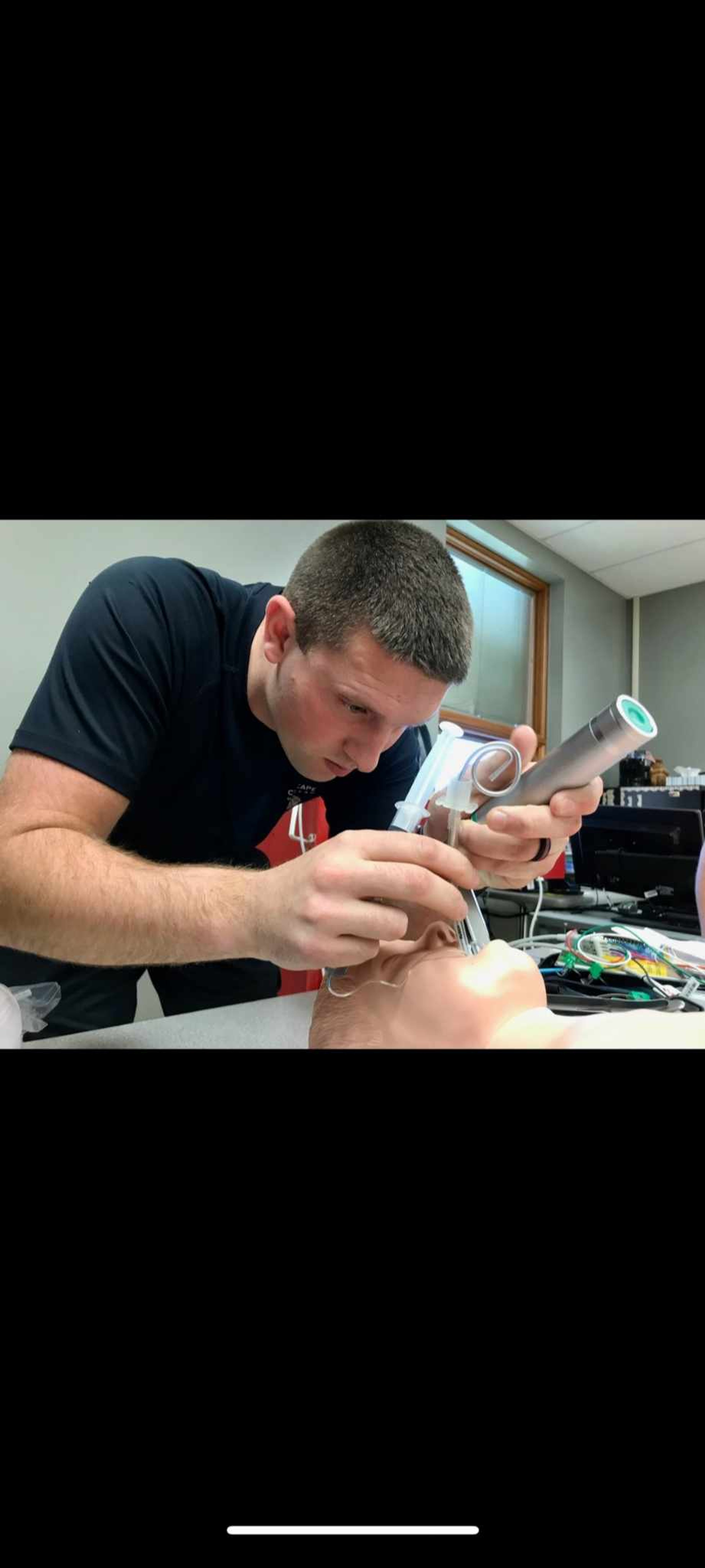SCHAPER FARM TRACES BEGINNINGS BACK TO LORIMIER LAND GRANT
Stories about land can be very interesting, especially if there is a mystery and murder connected to the tale. In the early years of Cape Girardeau and the environs, many pioneers migrated in family groups. They were influenced by grants of land being made available to men who served in the American Revolution in payment for their service...
Stories about land can be very interesting, especially if there is a mystery and murder connected to the tale.
In the early years of Cape Girardeau and the environs, many pioneers migrated in family groups. They were influenced by grants of land being made available to men who served in the American Revolution in payment for their service.
The following story was told this writer by Elmer Schaper prior to his death on Feb. 8, 1992. It pertains to his farm on Highway 25, three miles south of Jackson.
The 1,000-acre tract includes head-rights made in 1804 to John Patterson, John Summers, John Summers Jr. and Andrew Summers. The concessions were granted by Don Louis Lorimier, commandant of the Spanish Post of Cape Girardeau in payment for the military services of the men, who were members of a force of 164 residents in the New Madrid District in 1793 and the following years. The force defended the settlement against Indians.
Before the United States came into the possession of Louisiana Territory the English encouraged Indians to defeat Spanish and Americans in skirmishes and terror attacks.
At the request of Gov. DeLassus, Lorimier organized a task force to combat the raids. When the trouble ended, Lorimier compensated the soldiers, with DeLassus permission, giving each 300 arpens of high land where water would not be a factor. There was a sudden influx of new residents in the Cape Girardeau District. Later the tracts had to be validated by the United States Land Office and claims registered.
From the Schaper home a panoramic view of the farm may be seen in four directions. For many years rooftops of 1804 log cabin homes could be seen. They now are gone and land has been converted to raising crops and cattle.
Andrew Summers' family relocated from New Madrid District and built a log home under the hill on this tract of land near a spring in 1804. Andrews' wife was Elizabeth Ruddle, a daughter of Capt. George Ruddle, who was a resident of Little Prairie in 1796. She and Andrew were married in Little Prairie and resided there until they came to Cape Girardeau. They had five children: Erving, Ann, Nancy, Elizabeth and Rachael.
After the New Madrid earthquakes of 1811-1812, Cape Girardeau seemed a safer place to live.
Ruddle, Elizabeth's father, resided with his daughter and her family in his later years, and it was he who told the family stories to the children.
The Ruddles were Virginians who came west in the late 1700s. They resided first in Kentucky. Isaac Ruddle, George's father, operated a ferry across the Ohio at Ruddle's Station, a fort on the Kentucky side. He married Elizabeth Bowman, a daughter of Col. Bowman of the Illinois Regiment, in 1780. They lived at the fort with several other families.
The fort was besieged constantly by Indian raids. Isaac was a man of large statue and influential in frontier affairs. There were five children in the family: Elizabeth, Mary, George, Stephen and Abraham. Stephen and Abraham were kidnapped by the Indians, and were adopted by the Shawnees. Isaac and Elizabeth were captured and imprisoned by the English under the Indians.
Upon hearing that Isaac Ruddle was a Masonic member, the English major, Lenoult, in charge of the raiding parties, released Isaac and his family because he, too, was a member of the same Masonic order. While Stephen and Abraham were with the Shawnees they learned to understand and speak the Indian language. When Lorimier's task force came to New Madrid, and the boys saw a chance to escape, they did so and returned to their family. Abraham later settled on Lake Gayso where he remained until his death in 1830. Stephen came to Cape Girardeau and became a pioneer preacher.
The Ruddle family intermarried with the Byrd-Bird family of Virginia. John Ruddle Sr. lived in the Shenandoah County Virginia area where he died in 1781. George Ruddle is thought to be buried on the hill near where the Andrew Summers log home on the Shaper farm was built. The stone marking his grave disappeared long ago, and the grave has not been located.
Andrew's wife, Elizabeth, was administratrix of his estate. Andrew's father assisted her. The farm was divided into five tracts for the children. Erving Summers acted as legal adviser and attorney. Rachael married John Baty and resided in Arkansas territory. Ann married Henry Cureton, Nancy married Isaac Horrell, and Elizabeth married Nathan West.
All the children but Rachael sold their land to John Cox in 1834. Cox, in turn, and Baty and Rachael did not coincide with the partition and a lawsuit followed. Nathaniel Watkins of Jackson handled the case for Cox, and the court appointed three commissioners to reappraise the land. They were: Robert English, Elijah Daugherty and William Cracraft. Because the land could not be divided without one of the heirs suffering a loss, Rachael sold to John Cox, who, in turn, sold to John Allen, the owner of the tract across Highway 25 on which the Medley farm was located. The transaction was completed in 1841 ... 36 years after Andrew Summers died.
But the story of the farm and the beautiful rolling acreage was soon to take on a less serene history. The Lails came into the possession of the farm and a dark cloud of mystery began to cover the landscape. The story of the murder and mystery will be included in another chapter of the Cape Girardeau bicentennial history.
Connect with the Southeast Missourian Newsroom:
For corrections to this story or other insights for the editor, click here. To submit a letter to the editor, click here. To learn about the Southeast Missourian’s AI Policy, click here.









